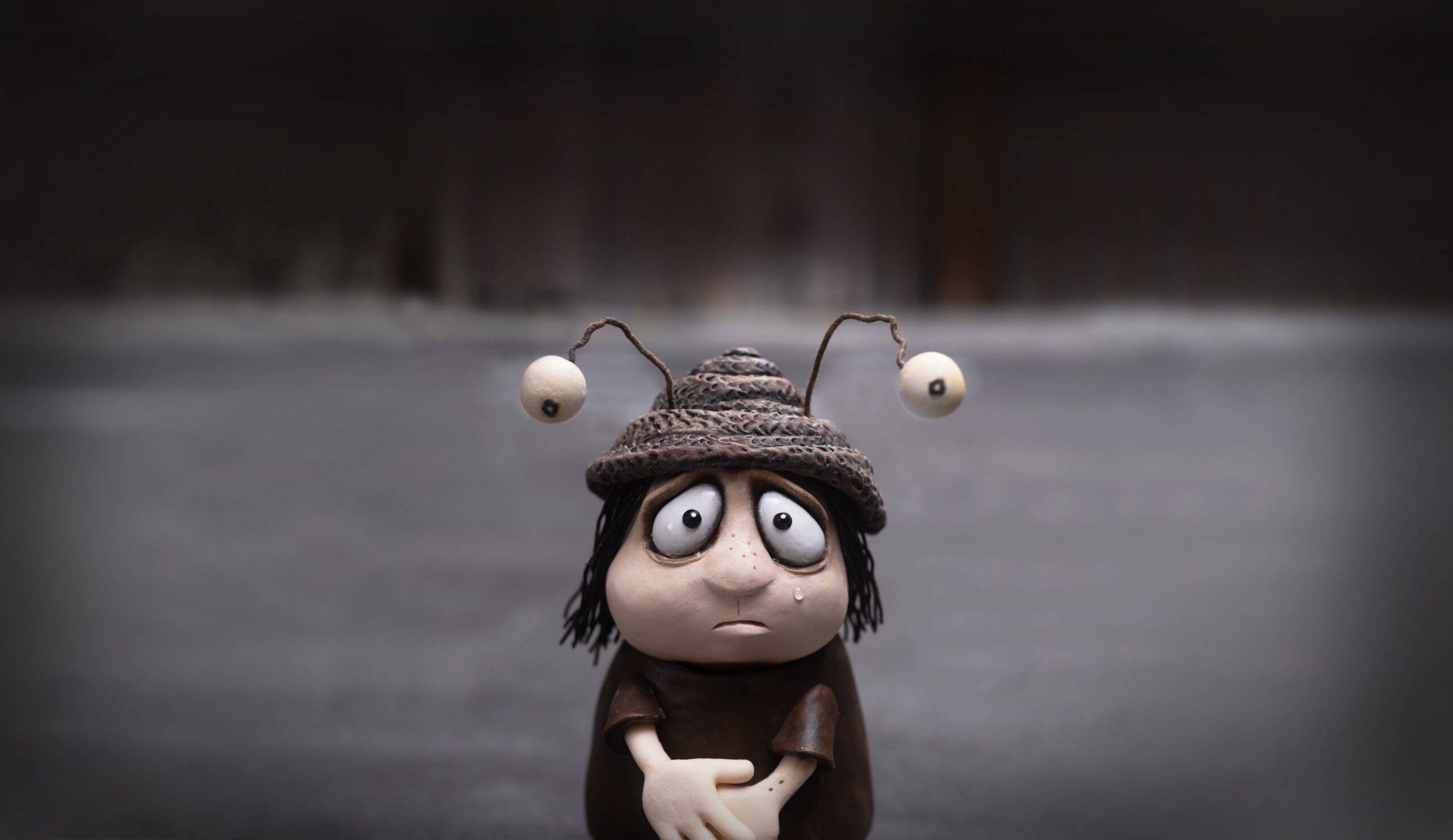Memoir of a Snail: Reflection Through Animation
What is Memoir of a Snail About?
Adam Elliot, the Oscar-winning director behind Harvie Krumpet and Mary and Max, continues his mastery of the tragicomedy genre with Memoir of a Snail. Known for his self-coined “clayographies”—a blend of clay animation and biography—Elliot’s films are rooted in bittersweet truths and psychological depth, often inspired by the lives of his family and friends. With Memoir of a Snail, Elliot delivers a story that is both heartbreakingly personal and universally resonant, proving once again why he is regarded as one of the leading auteurs in stop-motion animation.
Who Stars in Memoir of a Snail?
Narrated by the Emmy-winning Sarah Snook (Succession), Memoir of a Snail follows Grace Pudel, a lonely misfit navigating the highs and lows of life in 1970s Australia. Born with a cleft lip and raised by her paraplegic-alcoholic father after her mother’s death during childbirth. Grace’s world is defined by tragedy. Her twin brother Gilbert (Kodi Smit-McPhee) is her anchor, but the two are separated after their father’s death. Gilbert is sent to live with evangelical foster parents in Perth, while Grace is placed with a family of swingers in Canberra.
Grace’s life unfolds as a series of bittersweet vignettes, marked by moments of dark humor and quiet despair. Her snail obsession—symbolized by a knit snail hat her father made her—becomes both a comfort and a metaphor for her inability to move backward. Like a snail, Grace carries her world on her back, retreating into it for safety but always inching forward.
Animation Style and Aesthetics

Stop-motion animation inherently carries a sense of intimacy, and Memoir of a Snail embraces this fully. Elliot’s team handcrafted over 7,000 props using clay, wire, paper, and paint, creating a tactile, immersive world. The fingerprints left on the clay figures and the “chunky wonky” aesthetic lend the film a warmth and authenticity that is increasingly rare in today’s hyper-digital animation landscape.
The muted gray tones and shadowy visuals evoke comparisons to Tim Burton, but Elliot’s work stands apart. His version of the Australian landscape is bleak and overcast, perfectly mirroring the film’s somber tone. Yet, pockets of humor and bursts of color—both literal and emotional—prevent the story from becoming overwhelming.
The Emotional Weight in Memoir of a Snail

At first glance, Grace’s story feels exaggerated, with interactions and transitions that hyperbolize life events. But as the narrative unfolds, the characters’ humanity shines through, and their emotional depth sneaks up on you. Grace’s friendship with Pinky (Jacki Weaver), an eccentric elderly woman who once claimed to have made love to John Denver in a helicopter, provides some of the film’s most memorable moments. Their connection becomes a source of healing for Grace, with Pinky’s wisdom ultimately being what Grace needs to realize that she has been a tool of her own confinement.
While much of the emotional weight is carried by Grace’s relationship with Gilbert, the supporting cast adds texture to the story. Eric Bana voices a homeless man whose brief encounter with Grace provides a spark of warmth, while the multi-talented Nick Cave lends his voice to one of Pinky’s husbands. Not all of these characters move the narrative arc forward significantly, but still, they each provide humour or context for Grace’s journey.
Reflecting on Pain
At its core, Memoir of a Snail is a reflection on identity, resilience, and the quiet battles we all face. It is not overwhelmed by social commentary, but it touches on the impacts of bullying and societal judgment, and addresses the absurdity of “praying the gay away.” Importantly, this commentary is never heavy-handed. Instead, the film invites viewers to reflect on their own lives and the lives of those around them.
While watching the film, I kept thinking of one of my favourite projects of the last several years – Charlotte Wells‘ Aftersun. While this may seem like an odd one to draw comparisons to, I was struck by the reflective understanding brought forward in both films. In Aftersun, we have a daughter who is only able to see the depths of her father’s emotional pain when she looks back on it. Similarly, in Memoir of a Snail, Grace can only truly see the pain her brother (and her father) was experiencing when she recounts her childhood. This reflective quality leads to several subtle, yet poignant observations, like Grace’s description of her brother as someone who was “often sad” and “had a secret he wanted to tell”.
Is Memoir of a Snail Worth a Watch?

The film feels like a celebration of creativity in all its forms, from tongue-in-cheek nods to literature, meta-explorations of stop-motion animation, through honest appreciations of street performance. Elliot’s love for stop-motion animation is evident in every frame, and Memoir of a Snail serves as both a showcase of the medium’s possibilities and a tribute to its enduring charm.
The second act does seem to wander, which may lead to some attention being lost from your casual viewer. This, paired with a plot driven almost exclusively through narration may limit its wide appeal. Regardless, Memoir of a Snail still balances tragedy and comedy with grace and subtlety.
It is a film about identity, resilience, and how we may unknowingly limit ourselves. It is also a celebration of art and a reflection on life’s bittersweet truths. Like the humble snail, the film reminds us that while progress may be slow, it is always forward.
Learn more about Memoir of a Snail here.
More Videos HERE
Full Written Reviews HERE




